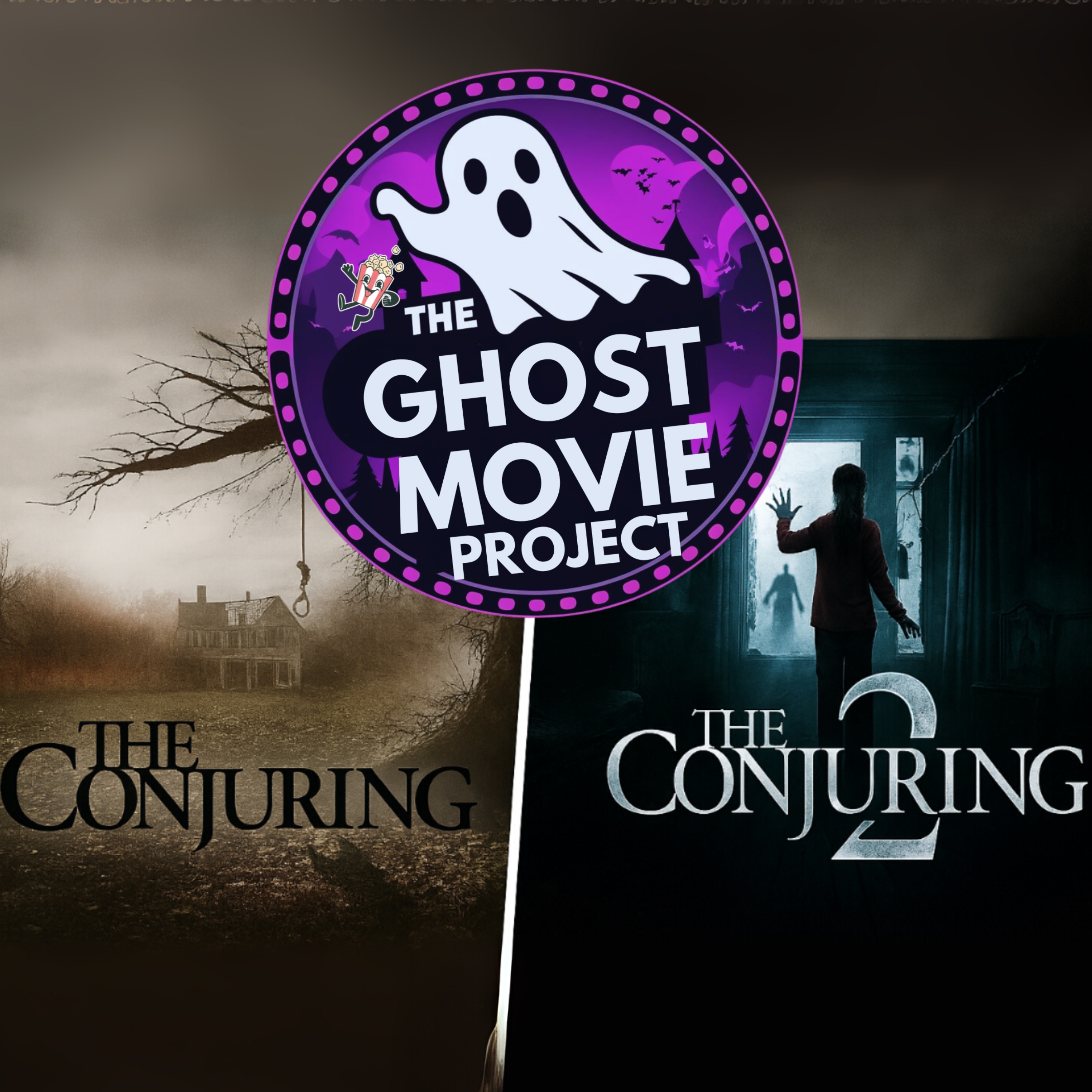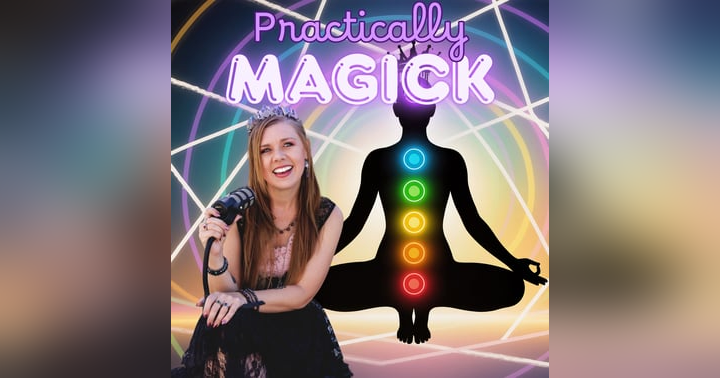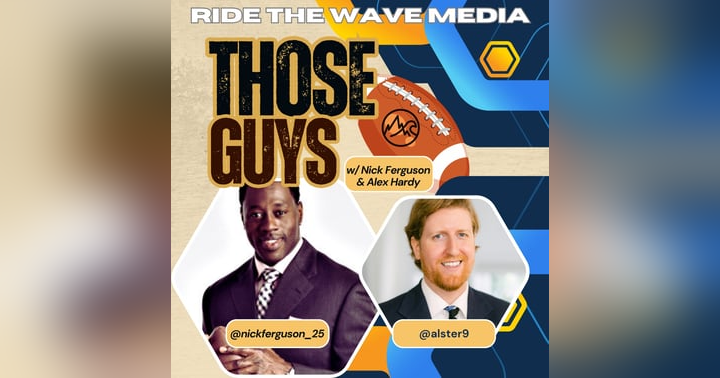Haunted Screens and Holy Screams: Why The Conjuring Universe Is the Perfect Halloween Watch

Haunted Screens and Holy Screams: Why The Conjuring Universe Is the Perfect Halloween Watch
Fog machines. Flickering lights. A chill in the air. Halloween is here—and if you’re anything like us, you’re not just carving pumpkins and hoarding candy. You’re queuing up horror movies that make your skin crawl and your soul question reality. And what better way to kick off spooky season than diving into The Conjuring and The Conjuring 2—two films that resurrected Catholic exorcisms, made haunted dolls terrifying again, and turned real-life ghost hunters into pop culture icons.
Welcome to The Ghost Movie Project, where we dissect horror films like possessed frogs in haunted biology labs. In this episode, we went deep into the world of Ed and Lorraine Warren, the real-life demonologists behind the stories that inspired these films. And trust us—these movies aren’t just scary. They’re spiritual, psychological, and sometimes, disturbingly personal.
The Conjuring: Horror Without Gore
Let’s start with the basics. The Conjuring is rated R—but not for the usual reasons. No nudity. No profanity. No gore. Just pure, unrelenting terror. It’s a rare feat in modern horror, and it speaks volumes about director James Wan’s ability to build dread without relying on shock value.
Wan, who also gave us Saw and Insidious, knows how to tap into our primal fears. From the hide-and-clap game to the long, suspenseful takes that make you feel like something is always watching, The Conjuring is a masterclass in atmosphere. And it’s all based on a “true story”—or at least, a story that claims to be true. That alone adds a layer of psychological horror that sticks with you long after the credits roll.
Ed and Lorraine Warren: Demonologists or Showmen?
The Warrens are the heart of these films, portrayed brilliantly by Patrick Wilson and Vera Farmiga. But who were they really?
Ed was a self-taught demonologist, artist, and lecturer. Lorraine was a clairvoyant and medium. Together, they investigated over 10,000 hauntings, including the infamous Amityville Horror and the Annabelle doll. They were masters of self-promotion before social media existed—writing books, giving lectures, and now, starring in a cinematic universe that rivals Marvel in its own spooky way.
But not everyone bought into their story. Critics accused them of exploiting mental illness and fabricating hauntings. Courtney Pearl, co-host of The Ghost Movie Project, raised a compelling point: “Are they part of the problem?” Especially when they labeled Bathsheba Sherman—a real woman from the 1800s—as a witch responsible for demonic attacks. Historical records suggest Bathsheba was just a woman who lost a child in her care, not a satanic cultist.
Witchcraft, Demonology, and the Power of Belief
Courtney’s perspective as a spiritual healer and self-proclaimed witch adds depth to the conversation. She shared her experience visiting Moon’s Rare Books in Utah, where she saw an original copy of King James I’s Book of Demonology and Witchcraft. That book, written in the 1600s, condemned witchcraft while simultaneously validating its existence—fueling centuries of persecution.
Before witchcraft was demonized, it was rooted in ancestral wisdom, healing, and medicine. “That’s why I’m proud to call myself a witch,” Courtney said. “If that’s what it is, that’s what I am.”
This duality—between fear and reverence, condemnation and curiosity—is what makes The Conjuring films so compelling. They don’t just scare you. They make you question what you believe.
Ghosts vs. Demons: What’s the Difference?
One of the most fascinating parts of our discussion was the distinction between ghosts and demons. According to Courtney, not all hauntings are created equal. Some entities are spirits of people who lived and died. Others—like the ones the Catholic Church calls demons—never lived a human life. They’re fallen angels, dark shadows, or malevolent forces seeking attachment.
Courtney shared her own rituals for protection, including placing blessed objects in the corners of her healing room to ward off shadow people. “This room is a sacred space,” she said. “Certain entities are not allowed in it.”
And yes, she’s had experiences with clients who had entities attached to them—often mirroring their emotional struggles. Addiction, grief, trauma—these can attract spirits who see themselves in us. As a Reiki healer, Courtney helps guide these spirits toward the light, offering them a chance to move on.
Possession, Artifacts, and the Haunted Museum
The Warrens’ infamous artifact room is a treasure trove of cursed objects—Annabelle, the nun painting, the music box, and more. Each item could spawn its own horror franchise (and many already have). But why do spirits attach to objects?
As Lorraine explains in the films, it’s not that the demon possesses the doll—it uses the doll to get to people. It’s a conduit, a lure, a trap. And the stages of possession—infestation, oppression, possession—are laid out like a twisted syllabus in the Warrens’ lectures.
Fun fact: The real Lorraine Warren makes a cameo in one of those lecture scenes. Easter eggs like that make the films even more immersive.
The Nun and the Name Game: Valak
In The Conjuring 2, we meet Valak—the demon disguised as a nun. This isn’t just Hollywood invention. Valak is listed in the Lesser Key of Solomon, a real grimoire of demonology. Originally depicted as a horned beast, Valak was reimagined as a nun to make the horror more personal and blasphemous.
Courtney drew parallels to Celtic and Nordic folklore, where knowing a spirit’s name gives you power over it—or gives it power over you. “You don’t tell a fairy your name,” she said. “They can take you.”
In Catholicism, naming the demon is key to exorcism. It’s the “name it to claim it” mythology. And in The Conjuring 2, the name Valak is hidden throughout the film—on bookshelves, walls, and props. It’s always there, watching.
Cinematic Genius and Real-Life Impact
James Wan’s direction is nothing short of genius. Long takes, upside-down camera angles, and iconic jump scares like the hide-and-clap game elevate these films beyond typical horror. Lily Taylor’s performance as Carolyn Perron—especially her exorcism scene—was shot in one take. She did her own stunts and was bruised for weeks.
Vera Farmiga and Patrick Wilson bring authenticity and subtlety to their roles. They don’t overact. They make you believe. Their dynamic as Ed and Lorraine is relationship goals—supportive, protective, and deeply connected.
And let’s not forget the Crooked Man. Played by Javier Botet using practical effects, this character is nightmare fuel. Courtney’s only critique? “I wish they showed less of him. Horror is more terrifying when it’s implied.”
When Horror Crosses Into Reality
Here’s where things get personal. After watching The Conjuring and The Conjuring 2 back-to-back, Courtney experienced what she described as a spiritual attack. Not nightmares. Not movie-induced anxiety. Something deeper.
“I was seeing images that weren’t from the movie,” she said. “Entities, faces, creatures I’ve never seen before. It felt like an attack.”
Her husband had nightmares the same night. Courtney used cleansing rituals, crystals, and visualization techniques to protect herself. “I turned on my Himalayan salt lamp and said, ‘I’m not open for business.’”
This isn’t an isolated experience. Viewers around the world have reported feeling uneasy, haunted, or spiritually vulnerable after watching these films. Even the sets were blessed by priests due to strange occurrences during filming.
Final Thoughts: Be Careful Out There
So what have we learned?
- If your house smells like sulfur, your kids are talking to invisible friends, and crucifixes keep flipping upside down—don’t wait until the third act to call for help.
- Horror movies can be fun, but they can also open doors. Know how to close them.
- The Conjuring universe isn’t just entertainment. It’s a love letter to old-school horror, faith, folklore, and the mysteries of the unseen.
As Courtney said, “Be careful out there, friends.” And as Blane added, “If the doll blinks—run.”
Happy Halloween.


